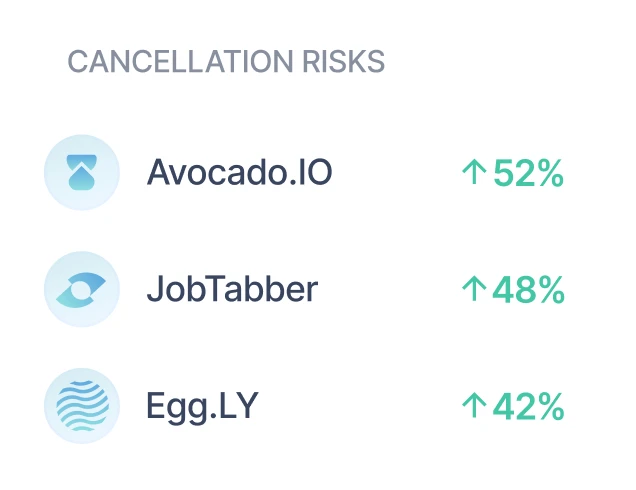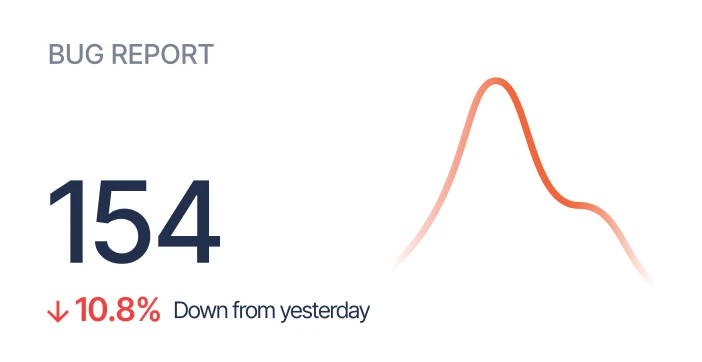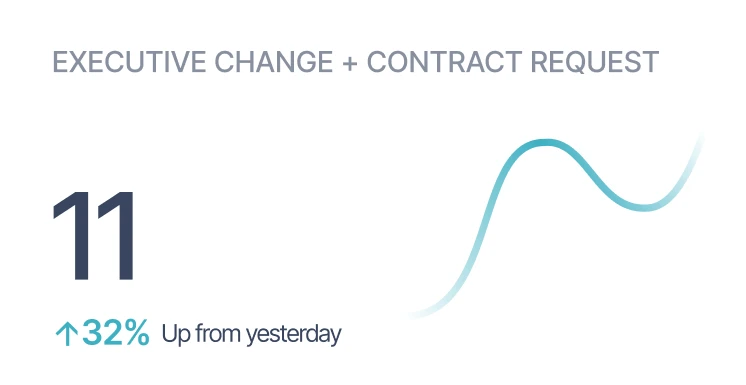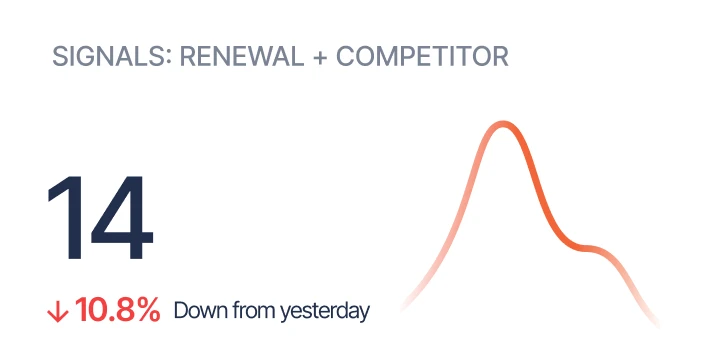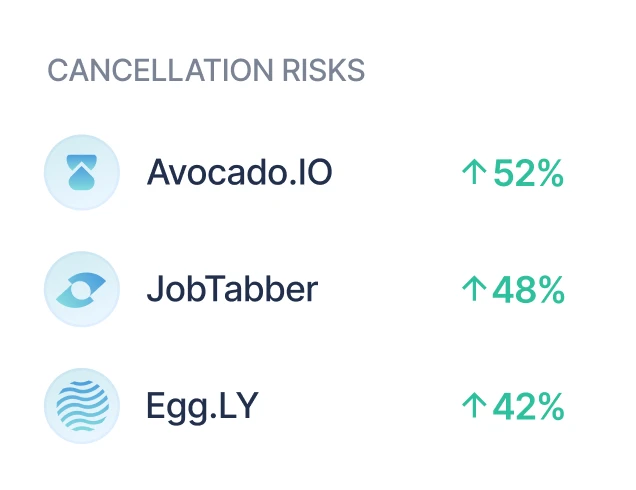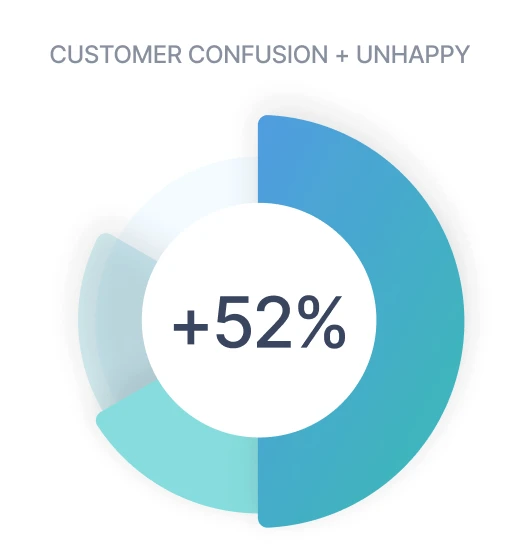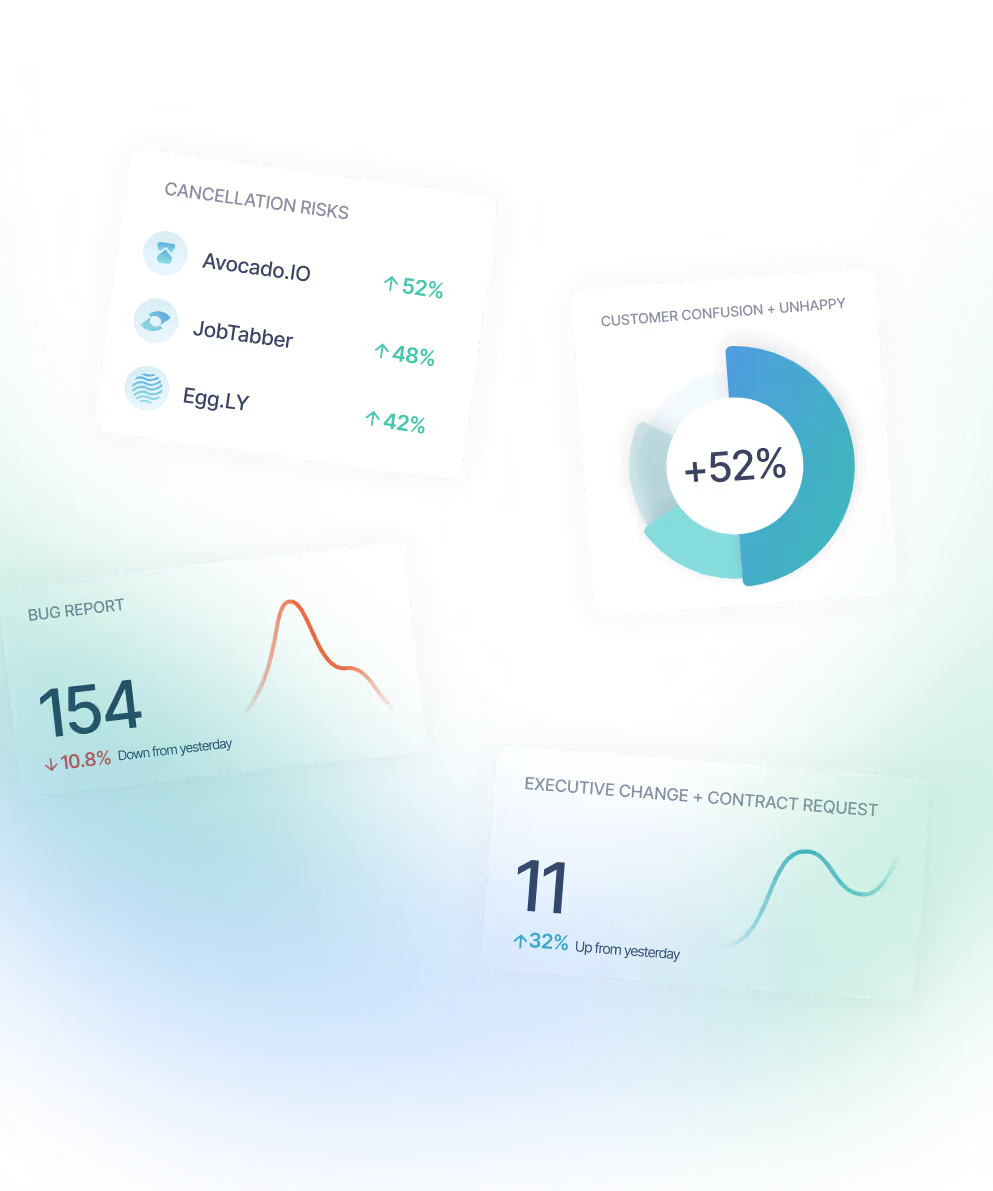In today's increasingly competitive business landscape, you and your team need every possible advantage to help you stand out.
From analyzing customer data to perfecting the customer journey for your users, there's no shortage of things to do to give yourself an edge. Today's most successful businesses continue to turn to customer intelligence to help them improve their products and services and to implement an effective business strategy.
In this article, we'll answer the question: What is customer intelligence? As well as show how customer intelligence can be instrumental in improving customer loyalty, customer experience, and more.
What is Customer intelligence?
Customer intelligence is the process of collecting and analyzing customer data from internal and external sources. It plays a critical role in unlocking customer insights.
Customer intelligence (CI) covers everything from interviewing your customers and asking for direct feedback to looking at your data to know where there's room to optimize your funnel.
The customer intelligence process is not something you can check off your to-do list and call it a day. Instead, it's a never-ending process that will keep you competitive.
How to turn customer data into actionable insights
When a customer emails you, "Hey, can you add this feature?" they want you to use that data. In a perfect world, you could implement any feature a customer requests. Still, as you likely know all too well, resources are limited.
To make matters worse, ensuring the data gets to the right team can take time and effort. Collecting data is easy, but turning that data into insights is the challenge. Unstructured data is one of the biggest challenges teams face today.
It's not like your email messages have a data field that tells your engineering team, "Hey, build this."
At smaller companies, you can get by manually recording this information with rules like "Hey, if something important happens, log it in Salesforce."
At larger companies, this doesn't work.
The conversion of unstructured data to useful data is the most challenging part and where you can reap the most significant benefits. Turning unstructured data into helpful info is one of the most critical parts of a successful customer intelligence strategy.
Today, many organizations are getting hundreds, if not thousands, of messages daily. And virtually none of that data is converted to easy-to-use insights automatically.
Cracking the customer intelligence code: "turn noise into music."
Imagine if all of the customer data across your company was working together (including your black holes, like email). Imagine the efficiency your organization can achieve when you're not only collecting relevant data but you know exactly what steps you and your team need to take.
This is customer intelligence at its finest.
If your best customer posts a bug, it might not be a big deal. If your best customer complains about a bug in chat, email, and ticket system, well, someone better take a look.
Before the emergence of customer intelligence platforms, this type of identification and triage was almost impossible, which is one of the biggest reasons we created Sturdy.
Analyzing customer data to win big with your business
We should continue doing everything possible to mine our customer communications and develop strategic customer signals. Yet, many companies know more about their anonymous website visitors than their paying customers.
Truly understanding the customer journey of your customers from start to finish can pay massive dividends down the line. Understanding customer behavior and customer signals and being proactive in finding your users' pain points can dramatically improve the health of your business.
Virtually every company has a way to track and monitor its website visitors—something we like to call table stakes. Yet, almost zero have any way to monitor and monetize the happiness of their actual customers.
Here's a challenge...
Answer this: If your company was about to lose a customer, who would be the best person to save that customer? What metrics would you use to support your answer?
Most companies need customer intelligence data to answer this question.
Let's take it one step further.
How many times did a customer say, "You guys are great!" last month? How many times were those happy customers converted to references and case studies? And how many of those references are delivered to your sales team to help them close new business?
Again, it's the 21st century.
We realize the challenges of customer intelligence are great.
But in this area, failure is unacceptable. To have a truly operationalized customer-focused company, you need to mine these communications without bias and without manual data entry.
You need something that never gets tired, doesn't need training, and gets better as you throw more data at it. And most importantly, you can't wait until the quarterly business review is complete with triaging a churning customer.
Customer intelligence solutions are the answer to staying relevant in today's business world. And here at Sturdy, we are on a mission to help businesses deliver better products, services, and experiences through actionable data.
.avif)
.png)

.png)
.png)

